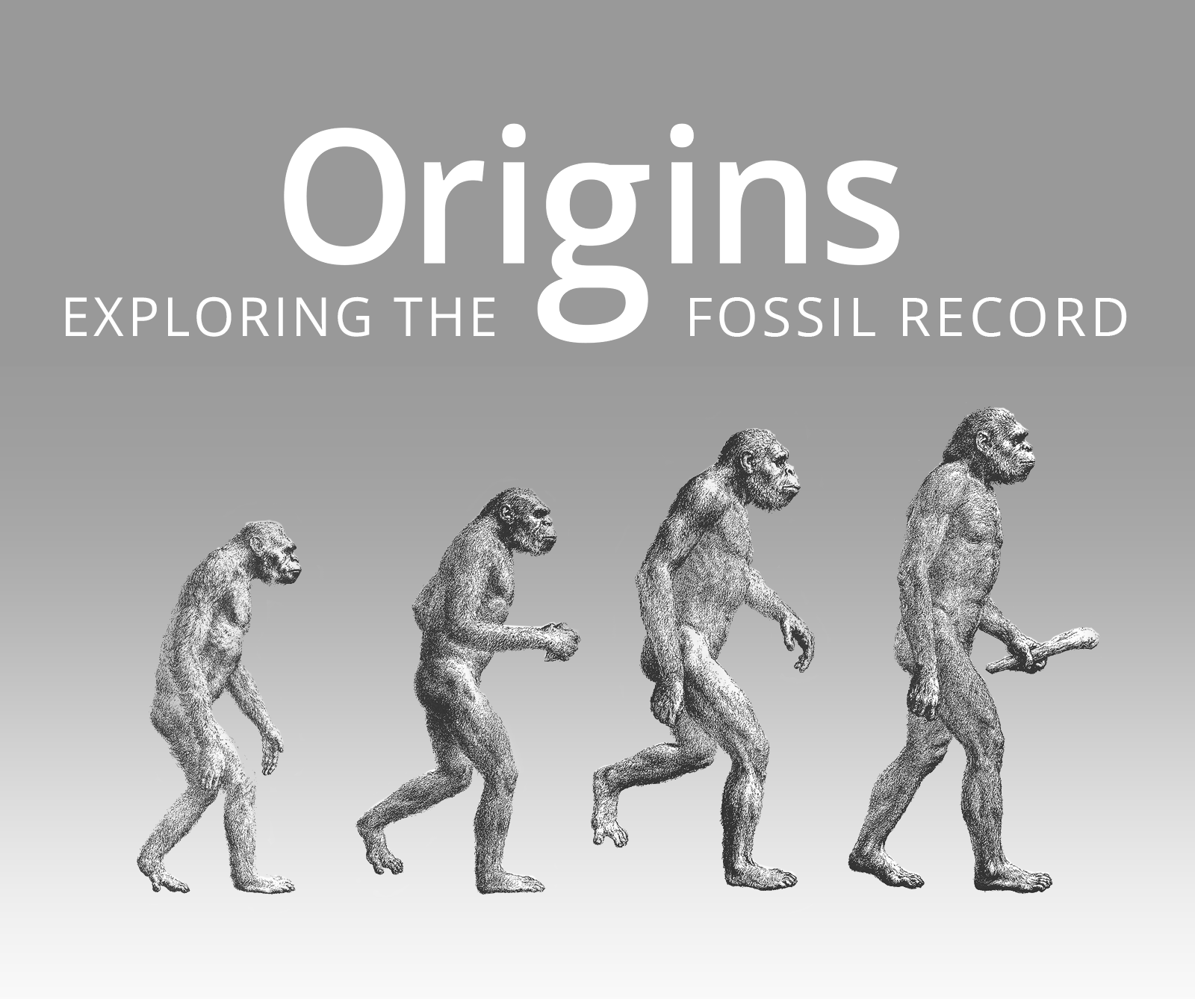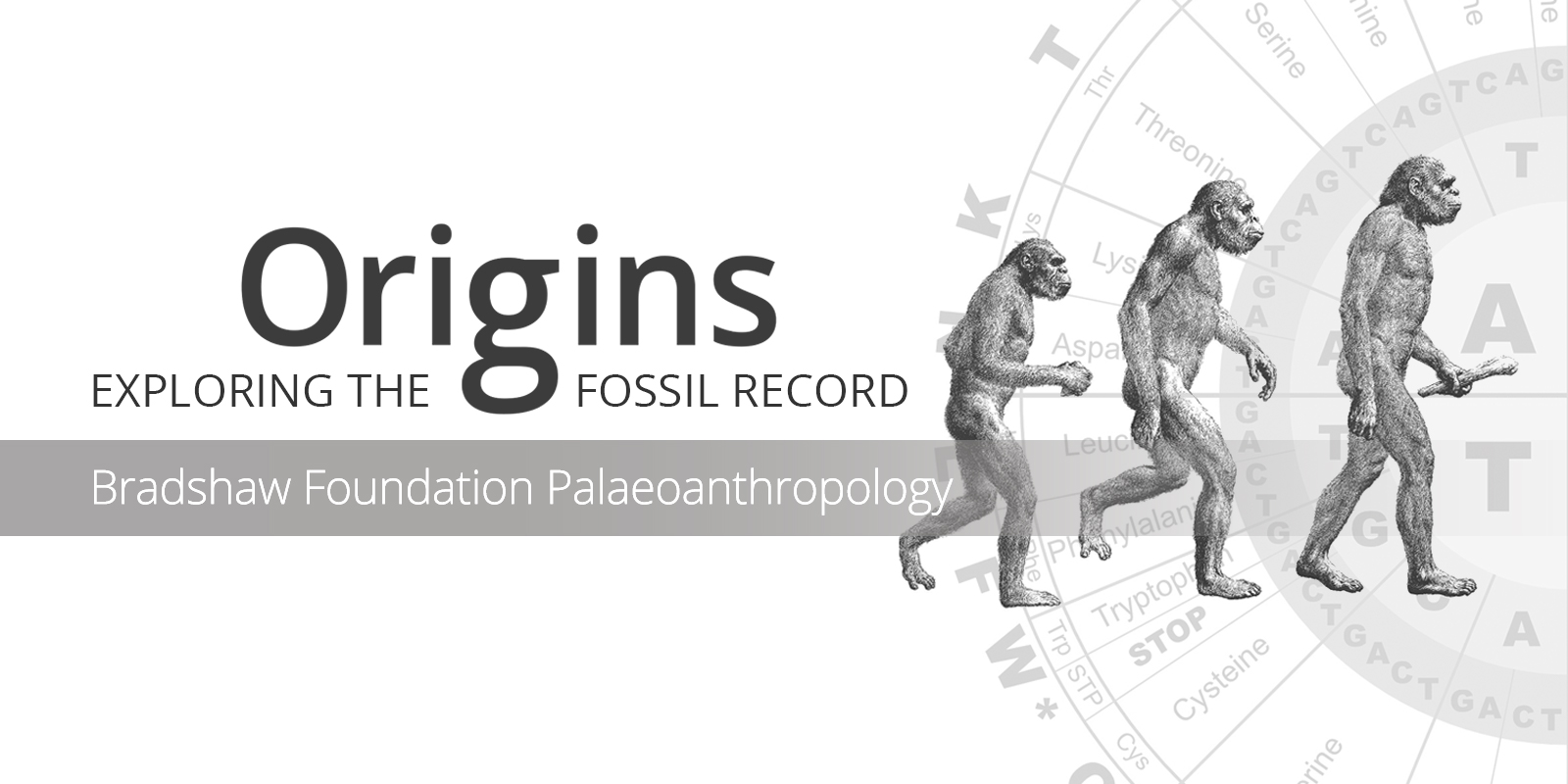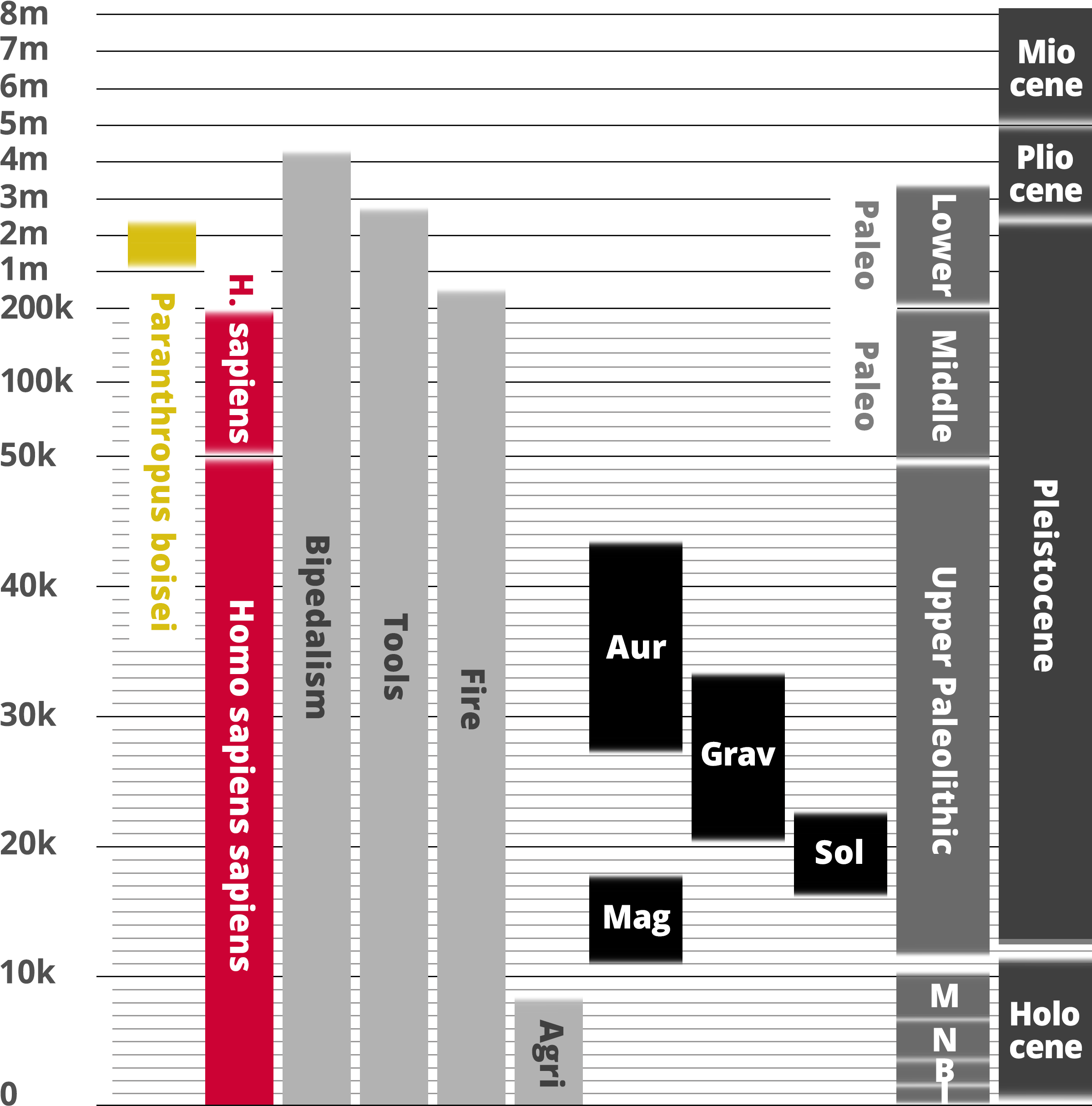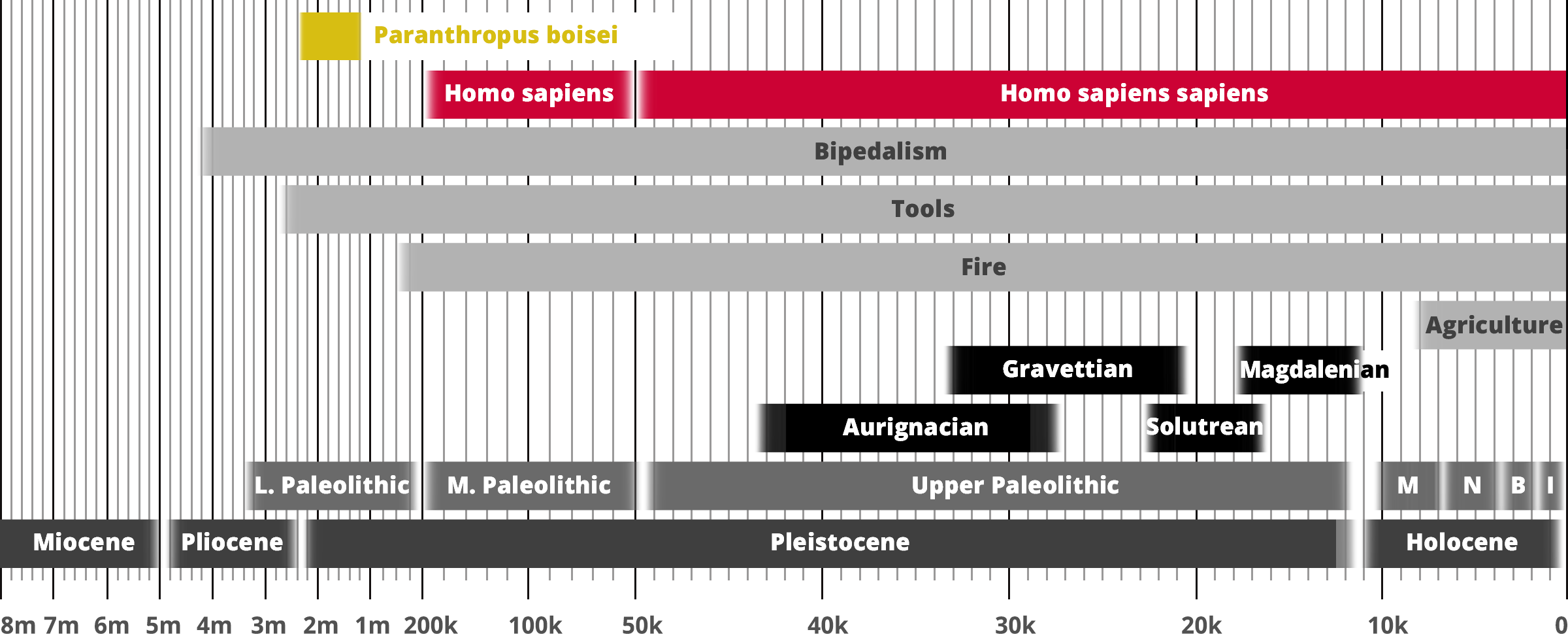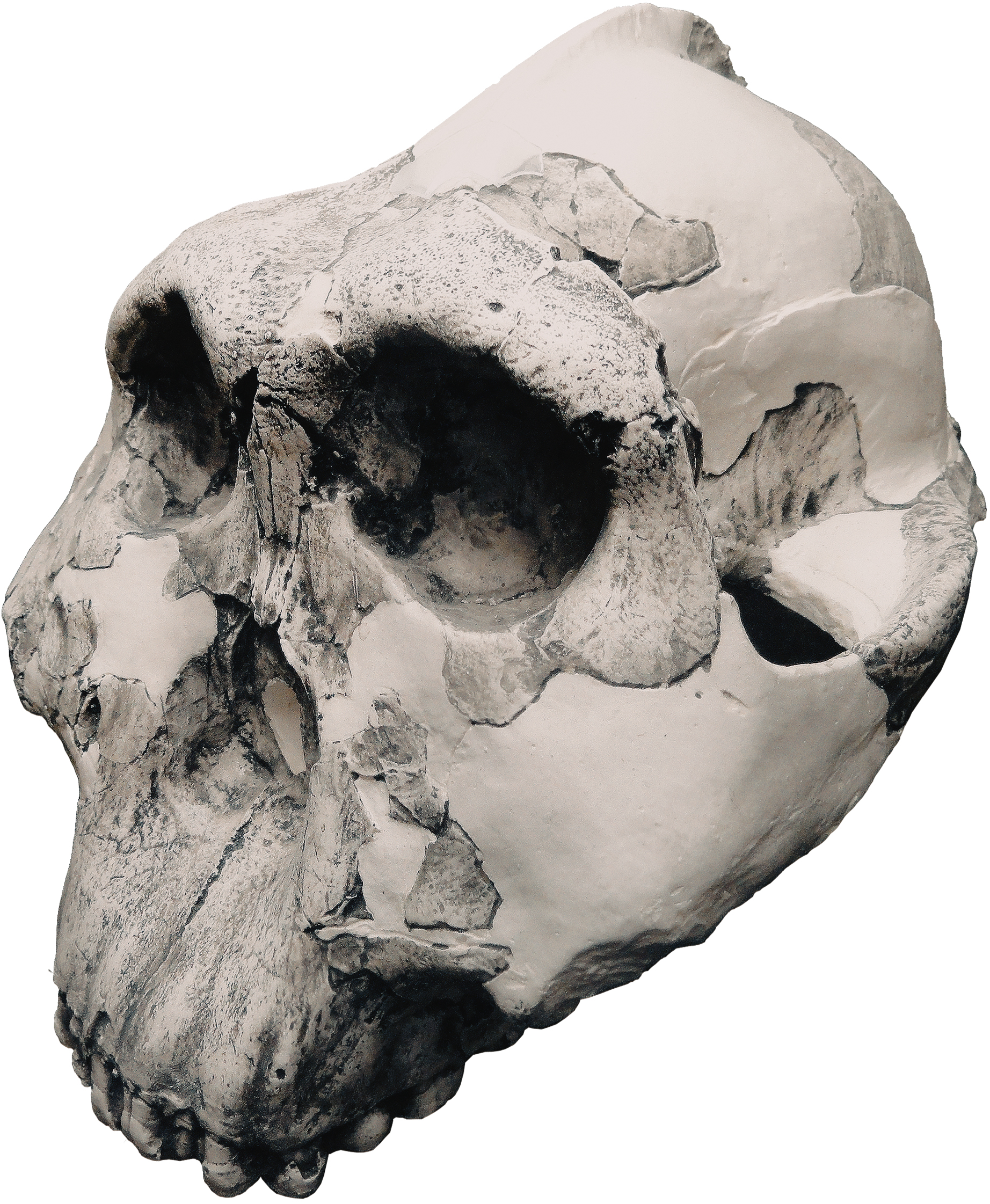Paranthropus boisei
Homo sapiens
Hominin traits
Archaeological industry/Technocomplex including art
Period in human prehistory: M = Mesolithic; N = Neolithic; B = Bronze Age; I = Iron Age;
Geological epoch
* Note: Table based past and current research and scientific consensus
Paranthropus boisei
Homo sapiens
Hominin traits
Archaeological industry/Technocomplex including art
Aur = Aurignacian; Mag = Magdalenian;
Grav = Gravettian; Sol = Solutrean
Period in human prehistory:
M = Mesolithic; N = Neolithic;
B = Bronze Age; I = Iron Age;
Geological epoch
* Note: Table based past and current research
and scientific consensus
| PARANTHROPUS BOISEI |
 |
| Genus: |
Paranthropus boisei |
| Species: |
Paranthropus robustus |
| Other Names: |
Nutcracker Man |
| Time Period: |
2.3 to 1.2 million years ago |
| Characteristics: |
Tool User |
| Fossil Evidence: |
Cranium Fossil, Tanzania, Africa |
Paranthropus boisei or Australopithecus boisei was an early hominin, described as the largest of the Paranthropus genus (robust australopithecines). It lived in Eastern Africa during the Pleistocene epoch from about 2.3 [discovered in Omo in Ethiopia] until about 1.2 million years ago. The largest skull specimen found of Paranthropus boisei is dated to 1.4 million years old, discovered at Konso in Ethiopia.
The well-preserved cranium of Paranthropus boisei was first discovered by Mary Leakey in the Olduvai Gorge in Tanzania in 1959. It was given the nick-name 'Nutcracker Man' because of its large flat cheek teeth and thick enamel. The fossil was dated to 1.75 million years old and had characteristics distinctive of the robust australopithecines. Mary Leakey’s son Richard discovered another skull at Koobi Fora near Lake Turkana in Kenya in 1969. It was Richard Leakey who stated that Paranthropus boisei was the first hominin species to use stone tools.
The relatively small brain size of 550 cm3 is similar to that of
Australopithecus afarensis and
Australopithecus africanus. Males were larger than females, as with all australopithecine species, standing 1.37 and 1.24 meters tall respectively. The skull was designed for heavy chewing of ground tubers, nuts and seeds. Paranthropus boisei inhabited savannah and woodland environments [McHenry, H.M.; Coffing. K. 2000].
Paranthropus boisei is a species of australopithecine from the Early Pleistocene of East Africa about 2.5 to 1.15 million years ago. Paranthropus boisei was originally believed to have been a specialist species of hard foods, such as nuts, due to its heavily built skull, but it was more likely a generalist feeder of predominantly abrasive C4 plants, such as grasses or underground storage organs. Like gorillas, the apparently specialised adaptations of the skull may have only been used with less desirable fallback foods, allowing Paranthropus boisei to inhabit a wider range of habitats than gracile australopithecines. Paranthropus boisei may have been able to make Oldowan stone tools and butcher carcasses. Paranthropus boisei mainly inhabited wet, wooded environments, and coexisted with
Homo habilis,
Homo rudolfensis and
Homo ergaster/
Homo erectus. These were likely preyed upon by the large carnivores of the time, including big cats, crocodiles and hyenas.
Australopithecines are generally considered to have had a faster, apelike growth rate than modern humans largely due to dental development trends. Broadly speaking, the emergence of the first permanent molar in early hominins has been variously estimated anywhere from 2.5 to 4.5 years of age, which all contrast markedly with the modern human average of 5.8 years. The tips of the mesial cusps of the 1st molar (on the side closest to the premolar) of KNM-ER 1820 were at about the same level as the cervix (where the enamel meets the cementum) of its non-permanent 2nd premolar. In baboons, this stage occurs when the 1st molar is about to erupt from the gums. The tooth root is about 5 mm, which is similar to most other hominins at this stage. In contrast, the root of the Paranthropus robustus specimen SK 62 was 6 mm when emerging through the dental alveolus (an earlier stage of development than gum emergence), so, unless either specimen is abnormal, Paranthropus robustus may have had a higher tooth-root formation rate. The specimen's 1st molar may have erupted 2–3 months before death, so possibly at 2.7–3.3 years of age. In modern apes (including humans), dental development trajectory is strongly correlated with life history and overall growth rate, but it is possible that early hominins simply had a faster dental trajectory and slower life history due to environmental factors, such as early weaning age exhibited in modern indriid lemurs.

Reconstruction of Paranthropus boisei
© Cicero Moraes CC BY-SA 4.0
Paranthropus boisei remains have been found predominantly in what were wet, wooded environments, such as wetlands along lakes and rivers, wooded or arid shrublands, and semi-arid woodlands, with the exception of the savanna-dominated Malawian Chiwondo Beds. Its abundance likely increased during precession-driven periods of relative humidity while being more rare during intervals of aridity. During the Pleistocene, there seems to have been coastal and montane forests in Eastern Africa. More expansive river valleys–namely the Omo River Valley–may have served as important refuges for forest-dwelling creatures. Being cut off from the forests of Central Africa by a savanna corridor, these East African forests would have promoted high rates of endemism, especially during times of climatic volatility. Australopithecines and early Homo likely preferred cooler conditions than later Homo, as there are no australopithecine sites that were below 1,000 m in elevation at the time of deposition. This would mean that, like chimps, they often inhabited areas with an average diurnal temperature of 25 °C, dropping to 10 or 5 °C at night.
Paranthropus boisei coexisted with
Homo habilis,
Homo rudolfensis and
Homo ergaster/
Homo erectus, but it is unclear how they interacted.To explain why Paranthropus boisei was associated with Oldowan tools despite not being the tool maker, Louis Leakey and colleagues, when describing
Homo habilis in 1964, suggested that one possibility was Paranthropus boisei was killed by
Homo habilis, perhaps as food. However, when describing Paranthropus boisei 5 years earlier, he said, "There is no reason whatever, in this case, to believe that the skull [OH 5] represents the victim of a cannibalistic feast by some hypothetical more advanced type of man." OH 80 seems to have been eaten by a big cat. The leg OH 35, which either belongs to Paranthropus boisei or
Homo habilis, shows evidence of leopard predation. Other likely Oldowan predators of great apes include the hunting hyena Chasmaporthetes nitidula, the sabertoothed cats Dinofelis and Megantereon, and the crocodile Crocodylus anthropophagus.

